Is teaching Physical Education (PE) a tough job? Why I have stopped trying to be a better teacher and revert to wanting to make sense of what I am doing and why.
Reinventing the Game
NOVEMBER 30, 2022
In my bigger teaching environment, much effort is also put into the character and citizenship development of the leaners and this role is expected of all teachers, including the academic teachers with clear examinable performance indicators. Teaching Games for Understanding is a multi-step process. Follow the steps and good to go?

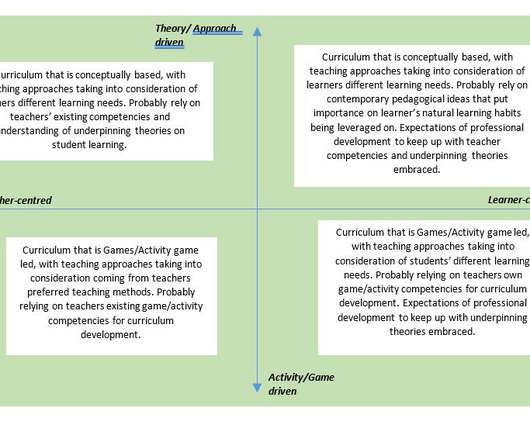
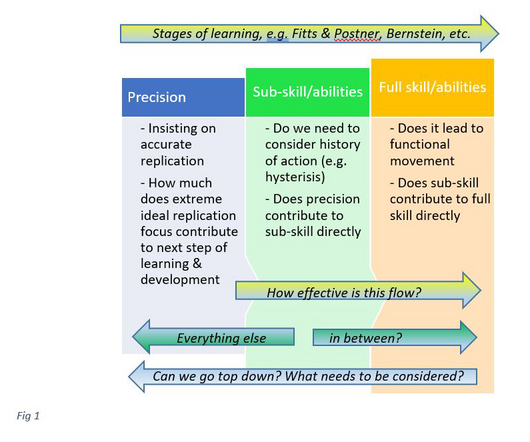
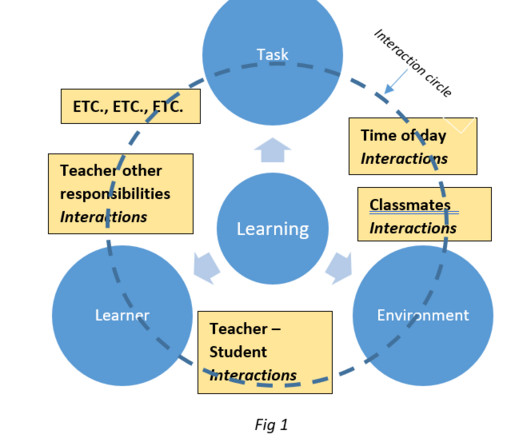
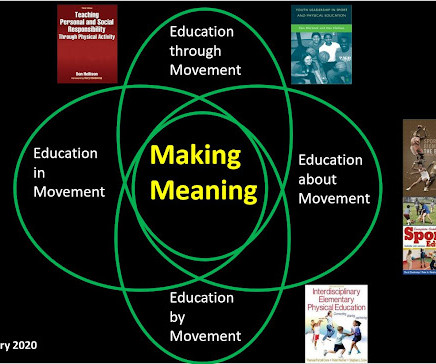
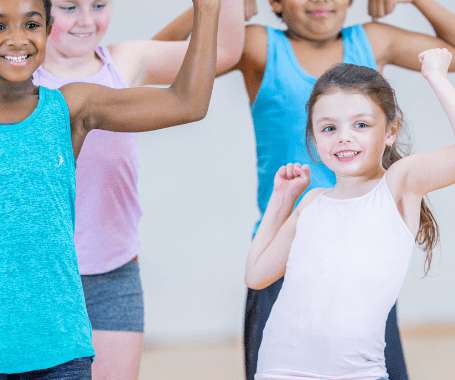
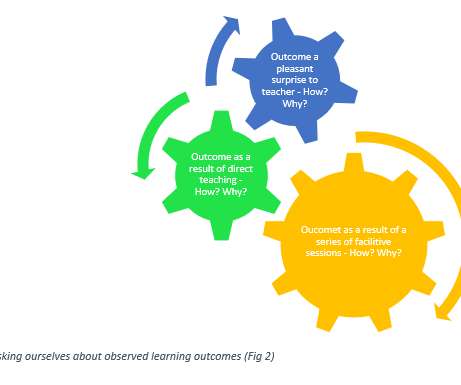
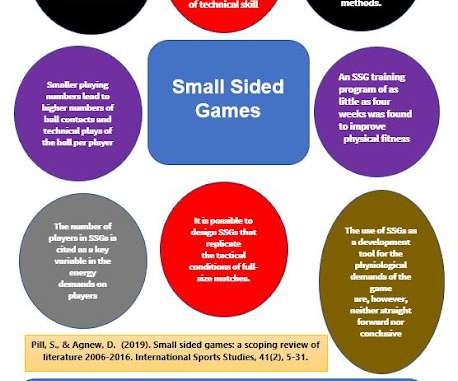

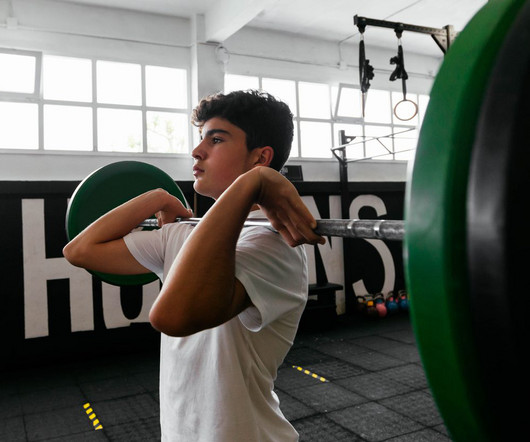






Let's personalize your content